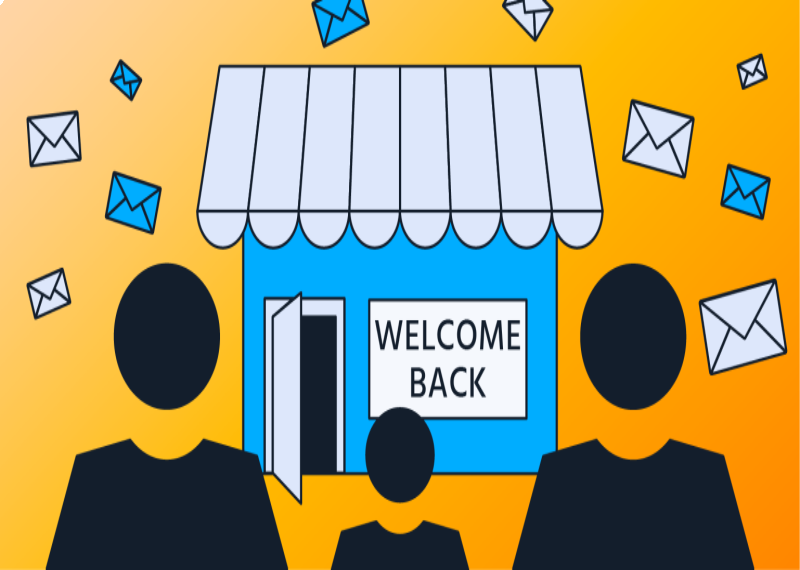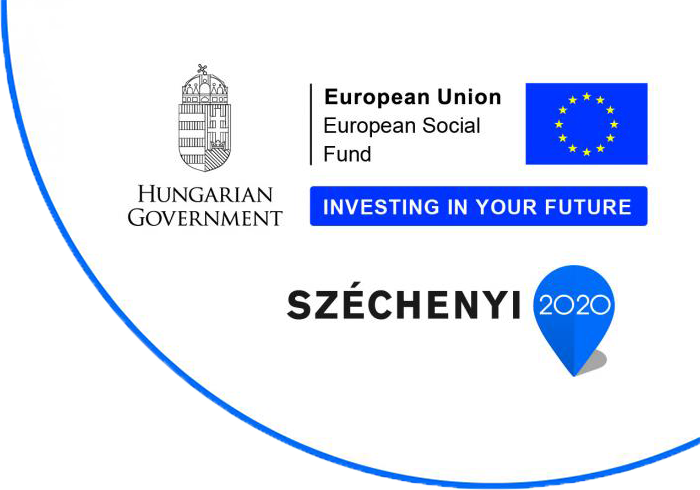How to activate or reactivate customers?

Customer reactivation is one of the most important tasks of many CRM managers. The focus here is on customers who have not made a purchase for a long time. After all, when customers do buy, there is a high probability that they will do so again. But what can you do if no further purchases are made? This article explains how you can successfully reactivate your inactive customers.
Why reactivating existing customers is so important
For many companies inactive existing customers are a central problem. The costs for reactivation measures are significantly lower than for acquiring new customers. According to current studies, the probability of reselling to inactive existing customers is on average 20-40%. In contrast, the probability of selling to new customers is only 1-3% on average. In addition, companies usually have customer behaviour data such as purchasing history at their disposal in order to derive maximum relevant impulses. As the following chart shows, a 10% increase in spending on existing customer retention increases customer value by around 30%, while spending on new customer acquisition increases by only around 0.5-1.4%. A strong argument for CRM investments!
When is the right time for a reactivation?
Many companies pursue the strategy of reminding inactive customers of their loyalty approximately every 52 weeks with vouchers and other incentives (see figure). However, the probability that customers have already left is very high after this period. In addition, the purchasing behavior of each customer is very individual. In data-driven CRM, such blanket reactivation measures are therefore of little use.
With the concept of “Interpurchase Time (IT)”, you can derive customer-centric reactivation intervals from your behavioral data, where the timing of a measure depends on the buying habits of each individual customer. To do this, simply divide the time a customer is in the system from the first purchase by the number of purchases made during this time. The result is the size of the interval.
What does this mean in concrete terms?
For example, suppose a customer buys a printer cartridge in your online shop every 4 weeks. Suddenly, however, the purchase at the usual interval does not take place. Instead of waiting up to 52 weeks, you should carry out your reactivation measure shortly after leaving this interval (see figure).

You should calculate these intervals for each individual customer. This results in a pattern that allows you to draw conclusions about when the customer should buy again. In this way, you can quickly recognize when a customer leaves their interval. You can of course adapt this concept to your individual needs. If, for example, seasonal themes are relevant to your product, you should of course take them into account, as they can influence buying behavior. In data-driven CRM, it is increasingly important to observe customers and their buying behavior in order to derive customer-centric measures. Because a customer who has become “fresh” inactive is much more likely to be won back than a customer who has already lost “contact” with your brand over a longer period of time.
If you proceed in this way, you will not only be able to target advertising in the future, but also to avoid it. If a customer is in his usual interval, a reactivation would be superfluous and would only cause unnecessary expenses. Predictive models, such as those offered by companies like Gpredicitve or Marketing Clouds, give you even deeper insights and forecasts as to which customers are worthwhile and which do not need to be re-initiated. This saves you costs and increases the uplift at the same time. Because the goal must be to move from “a reactivation impulse four times a year” to customer-relevant reactivation impulses.
Personalize your advertising messages
If you know when you want to address which customers, the impulses are given in the usual CRM channels (e.g. email, social media, app and physical mailings), depending on the product and business model. The important thing here is that you tailor your messages individually (as far as possible) to the needs of each customer. For example, address men and women with different slogans, designs or incentives. This is especially true for physical mailings such as letters and postcards. Since no opt-in is required for postal address, this channel also allows you to reach valuable customers who are not reached via online channels. Of course, this also requires automated printing and dispatch, with significantly smaller batch sizes. This is what companies use optilyz for.
Automate these processes
Manually determining the intervals of all customers in order to address them manually with personalized messages on different channels is of course not very target-oriented and clearly too costly. In the data-driven CRM world, these processes can be easily automated using e.g. marketing clouds and optilyz. Use the optilyz integration to add physical mailings as additional contact points in a few clicks in a Salesforce “Journey Builder” or an Emarsys “Automation Center” (see figure).
Once your automation environment is set up, you can sit back and watch the profits grow. Well, almost at least. Feel free to contact us if you would like to learn more about automating reactivation campaigns with physical mailings.
Practical example: reactivation in the food vertical
As an operator of an online supermarket, you plan a cross-channel campaign to reactivate your most valuable customers always four weeks after an expected repurchase failed to materialize. So you first segment your customers according to channel preference. All customers who have given their consent in accordance with the DSGVO (German Data Protection Act) will be contacted in the first step with a personalised email. If customers do not respond to the email after 6 weeks, send another email. In the last step, you create a segment for high value customers that you address with personalized mailings.
After four weeks of inactivity, send a personalized email with a voucher code of 10% . After another two weeks of inactivity you send another personalized email with a 15% discount on the next order. After another four weeks of no response, send your high value customers a personalized postcard with the message “We miss you” and add an exclusive 20% discount.
The most important facts at a glance
- Determine the Interpurchase Time (IT) for each customer.
- Carry out reactivation measures as soon as a customer with a sufficiently high value leaves their usual interval.
- Personalize your advertising messages to be more relevant.
- Combine different marketing channels for greater reach, high uplifts and maximum conversion rates.
- Automate these processes to minimize the effort.
